Axolotl Color Guide: How to Pick the Right Color Axolotl for You!


If you have been on the internet for a long time, then you would know about those cute amphibians with cute smiles. They are axolotl amphibians, always ready to greet you with their perfectly curved smiles.
Axolotl’s internet fame has made them the most-wanted aquatic pet. They are completely aquatic amphibians having gills for their entire life. Originally, axolotls were found in Mexico City. Axolotls can regenerate their limbs. They can live up to 10 years and will grow up to the length of your foot.
They have great value to science. If you wanna have an axolotl as a pet, you first need to prepare a perfect habitat for them to live. You will need a 20-gallon long tank for only a single adult axolotl. Also, do remember to keep them in a cold temperate room.
What Are Axolotls?

Axolotls salamanders belong to the family Ambystomatidae. They are mostly recognized for keeping their larval features intact even in adulthood. The species can only be found in the Lake Xochimilco of Mexico City and are classified as critically endangered species.
They are full-grown larvae who haven’t lost their external gills yet. The axolotl is paedomorphic, which means it will carry the juvenile or larval traits even later into life. In these species, the development to adulthood is arrested so that they can persist in their larval aquatic habitat.
What Do Axolotls Eat?

Axolotls prey on aquatic animals. They can eat worms, insects, small fish, insect larvae, snails, mollusks, and tadpoles. Although their diet is mostly based on worms and insects, they aren’t much picky about their food habit. They will eat anything that fits in their mouth.
Some researchers said that they even engage in cannibalistic behavior depending on the situation. They will sometimes munch down on their own siblings if the options for food are fewer.
According to experts, if you want to have an axolotl as a pet, you should always replicate its natural food habit. Do not keep them unfed for several days.
They primarily feed by suction. However, they have vestigial teeth, which are not visible from the outside. They use the external gills purely for the purpose of respiration during eating. Although they can also respire via buccal pumping, which is intaking air from the water’s surface.
What Do The Types Of Axolotls Depend On Their Color?
You can recognize an axolotl salamander depending on its color categorization. Naturally, axolotls have two types of colors such as brown and tan, with gold speckles and an olive undertone.
Axolotls have four pigmentation genes that can mutate to create five mutant colors such as pale pink, golden albino, xanthic, and albino. You can find different types of axolotl colors in the stores. However, not all of them are natural because humans have also stimulated several types of axolotl colors variants via artificial selection.
Here are examples of some rarest axolotl colors variations,
White Albino Axolotl
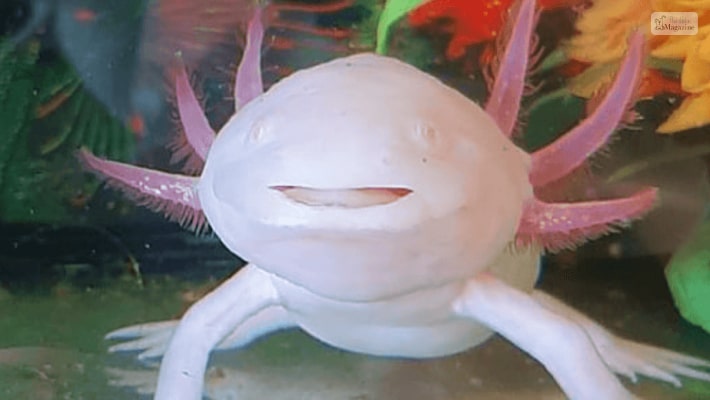
The white albino axolotl is a very common artificial axolotl morph. You can recognize them easily as they have a purely white body and red gill filaments. This kind of axolotl produces less melanin which is the determining factor of their skin color.
We all know that melanin protects us from harmful UV rays. In the case of white albino axolotl, there is little to less pigmentation, which is why you need to take special care of them. You can not bring them out in the sun.
They also lack pigments in the eye, so they have grown sensitive to bright light. You should not leave them out in the wild because they are not made to survive there.
With age, their red gills turn into deeper red. So, don’t be alarmed if you see your white salamander growing blood-red gills with maturity.
Leucistic Axolotl
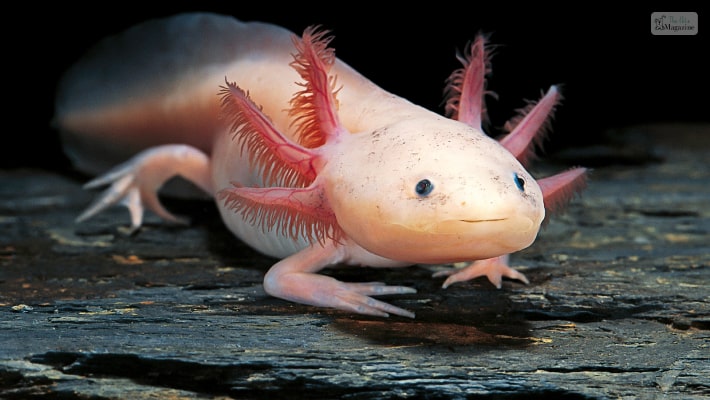
Leucistic axolotls are translucent, which means you can see through their skin. This kind of axolotl lacks every kind of pigment, not only just melanin. There is a complete reduction in pigment production.
You will be able to see through their gill filaments and skin. A leucistic axolotl will show such a trait from its preliminary stage. Pigment cells mature in the larvae stage, which offers a different case. Leucistic axolotls make great pets and should never be released in the wild.
Golden Albino Axolotl
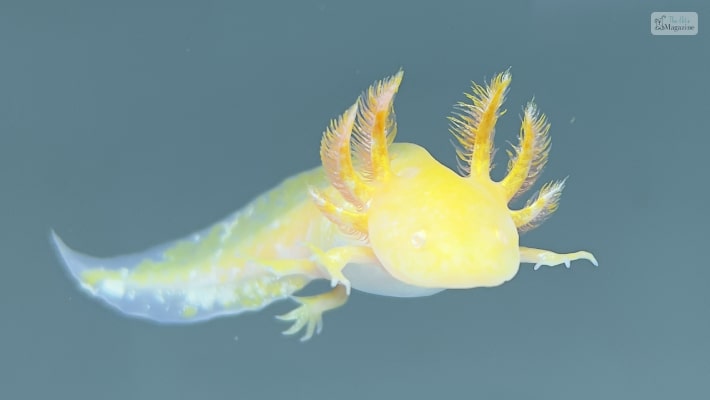
This is the most common artificial axolotl. They can be recognized for their bright golden skin color. They also have pink and yellow eyes and reflective patches all over their body.
Golden albino axolotls can change colors from white to yellow during the course of their lifetime. Initially, they look more like albino axolotls, but as they mature, they will gradually change colors.
This axolotl morph exists due to the expression of yellow and golden pigments, while most of the other pigments remain suppressed.
Copper Axolotl
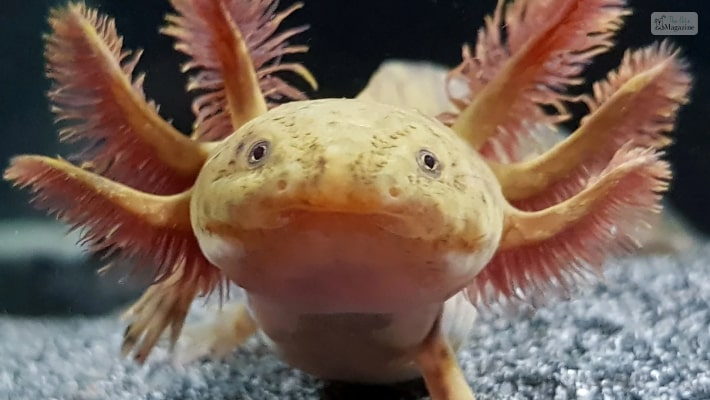
This axolotl morph has a light grey-green body with copper-colored flecks dispersed evenly all over the body. This is due to the underexpression of melanin and other skin pigments.
You can find copper axolotls mostly in the United States and Australia. They have grey-red gills.
Lavender Axolotl
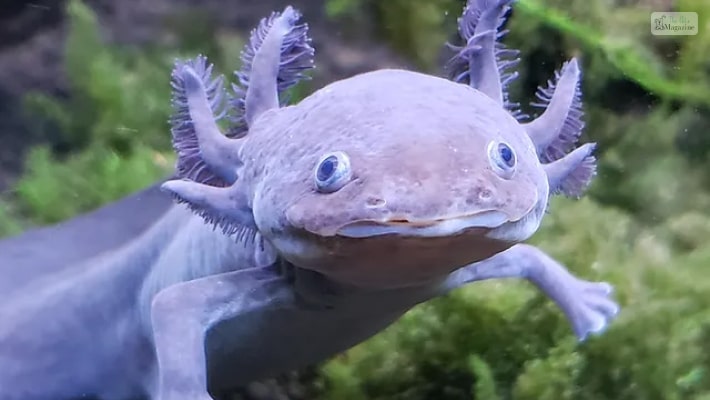
This axolotl morph is characterized by a light silver and purple hue. You will find spots all over their body, making them look like Dalmations, the reason why they are called silver Dalmatian axolotl.
This is a rare variation of axolotl and can be fairly expensive than other color morphs.
Chimaera Axolotl
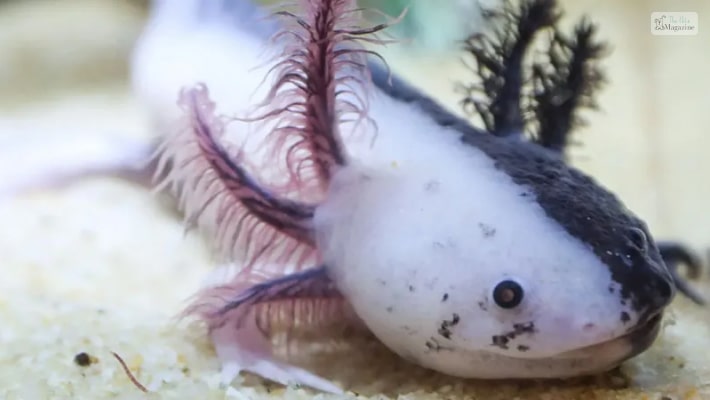
Chimaera axolotls are very rare and are the result of accidental development. You will see this axolotl morph will have half-white and half-black skin splitting down from the horizontal line of the body.
Chimera axolotl develops because two different eggs morph together before hatching in the embryonic stage. This is a very rare developmental condition where some of these eggs will never hatch at all.
This kind of axolotl morph can be very expensive and is not sold in stores consistently. They sometimes look like fairy animals. They can make excellent pets, but only if you are rich enough to buy them.
Mosaic Axolotl
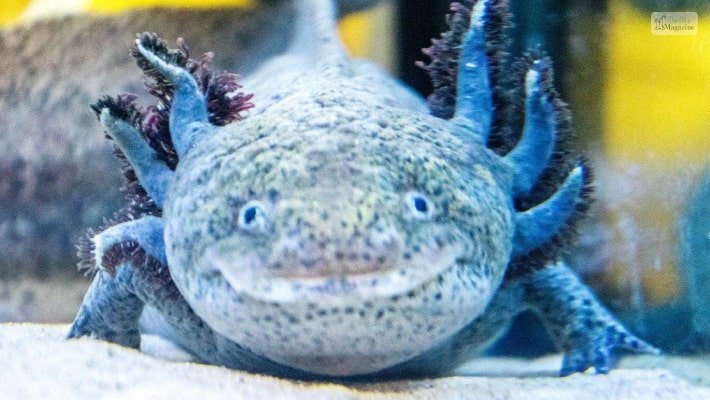
This kind of axolotl morph is also the result of fusing two eggs together where one egg is albino while the other one is dark or wild type. However, this kind of morph does not have colors splitting in the middle.
Instead, colors will be dispersed all over their skin, giving it a mosaic-like appearance. It can have either red or purple gills. Mosaic axolotls are pretty expensive.
Related Posts: Axolotl Names For Pairs Or Groups: Ideas For Multiple Pets
The Myth Of Neon Blue Axolotls
You have probably seen pictures of beautiful neon blue axolotls on the internet. You have probably thought about what the associated phenomenon for such color morph is.
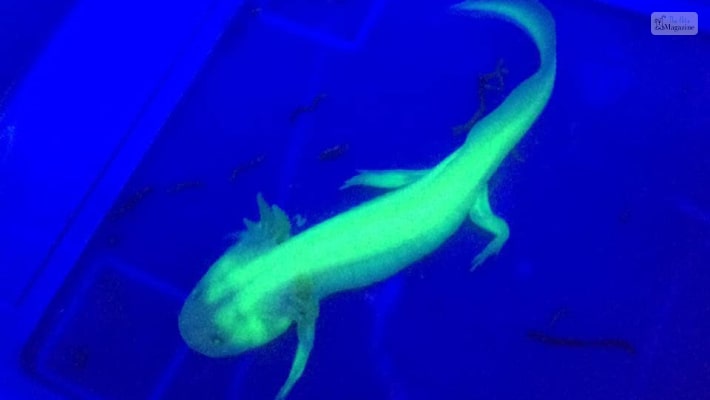
We are sorry to break your daydream, but there is no such thing as a neon blue axolotl morph. Instead, there is no blue axolotl.
The internet-famous blue or purple axolotls are actually dark grey or black in color. It’s the camera that is responsible for creating such an appearance. Sometimes grey axolotls are kept under LED light to make them appear as blue as possible.
The pictures you keep seeing of neon blue axolotl morphs do not exist in reality. Some people even dye axolotls to appear blue. However, we are strictly prohibiting you from doing that since axolotls are extremely rare animals. We do need them to live a good life.
Frequently Asked Questions:
Check out the most frequently asked questions related to Axolotl colors mentioned below.
1. What Is The Best Axolotl Color?
The best axolotl colors are as follows,
- Leucistic,
- Golden Albino,
- Piebald,
- Mosaic, and
- Copper.
2. What Is The Rarest Axolotl Color In Real Life?
The rarest axolotl colors in real life are as follows,
- Chimera,
- Mosaic,
- Firefly,
- Lavender,
- Copper, and
- Piebald.
3. What Is The Cutest Axolotl?
The cutest axolotl are as follows,
- White Albino Axolotl,
- Leucistic Axolotl,
- Golden Albino Axolotl,
- Piebald Axolotl, and
- Copper Axolotl.
So, Are You Gonna Have That Pet Axolotl Friend?
You have to be careful if you want them as pets. You need to take special care and keep them in incompatible condition.
Axolotl populations are declining rapidly because of habitat loss due to water pollution. According to ecologists, there are less than 1,000 axolotls that exist in the wild.
If you wanna see those smiling faces, you must care for them at all costs and bear all responsibilities.







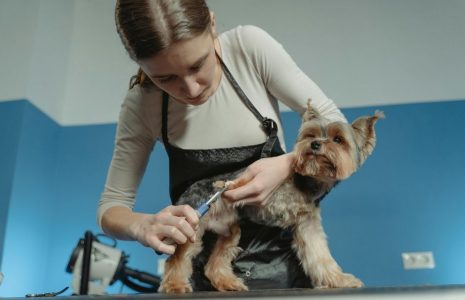
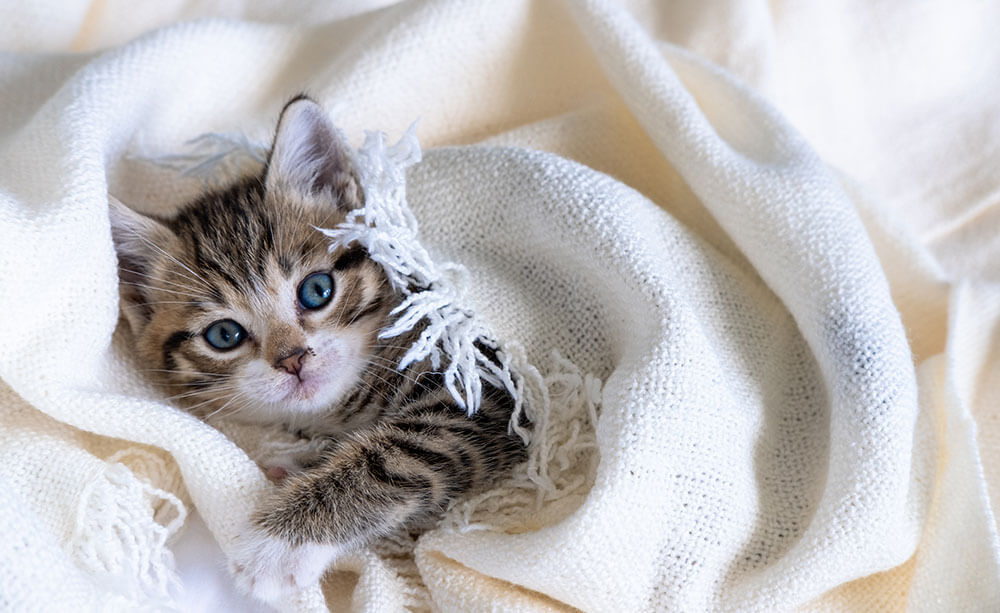
Leave A Comment